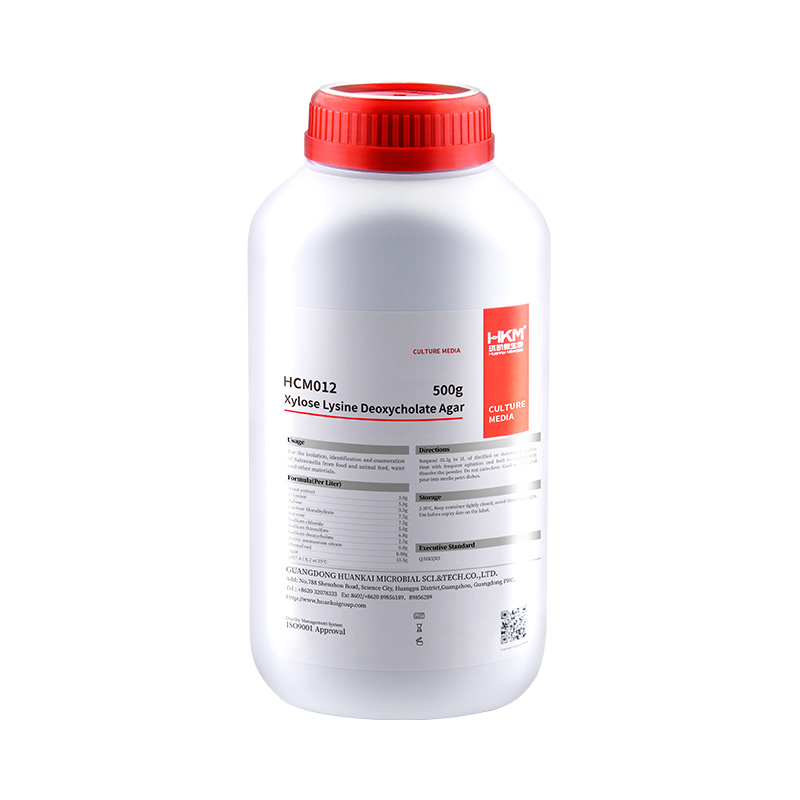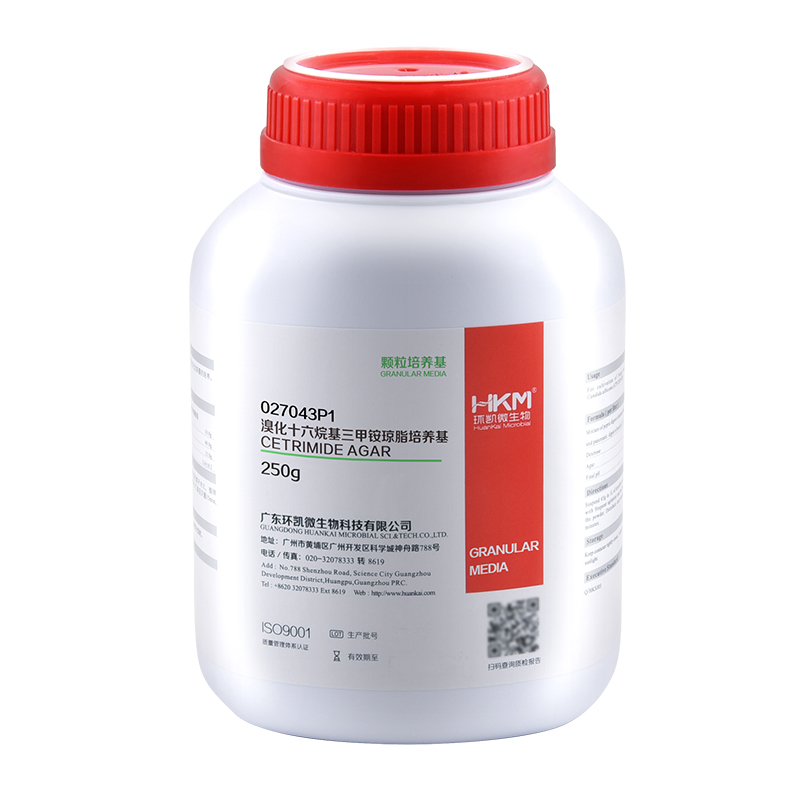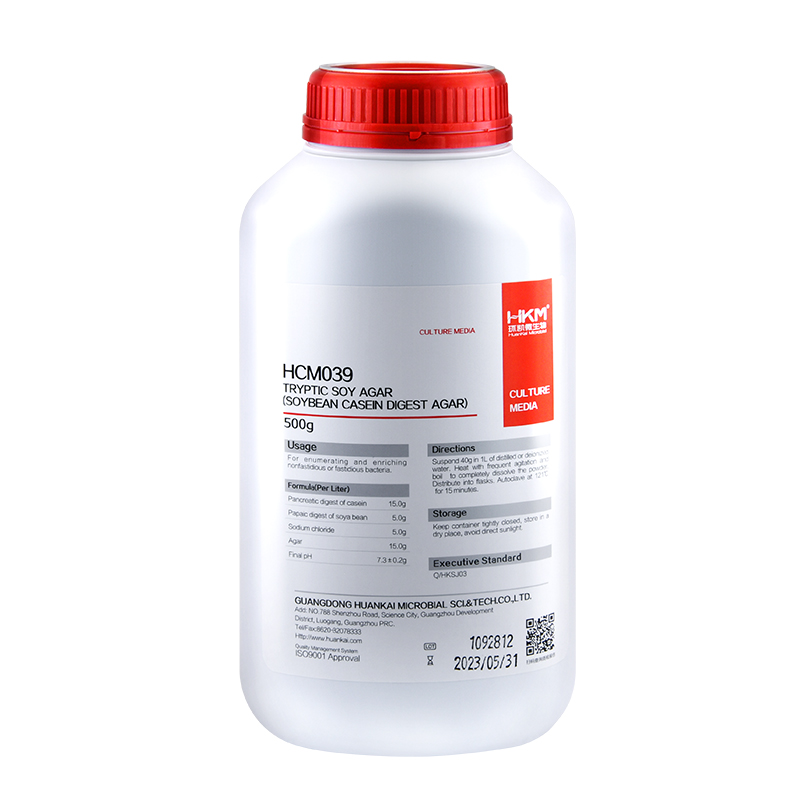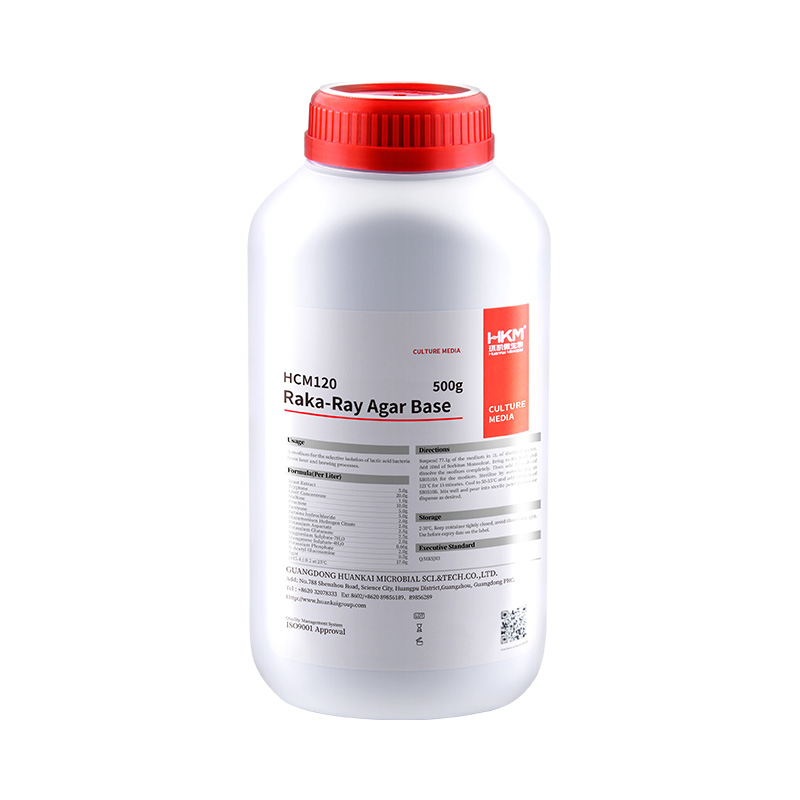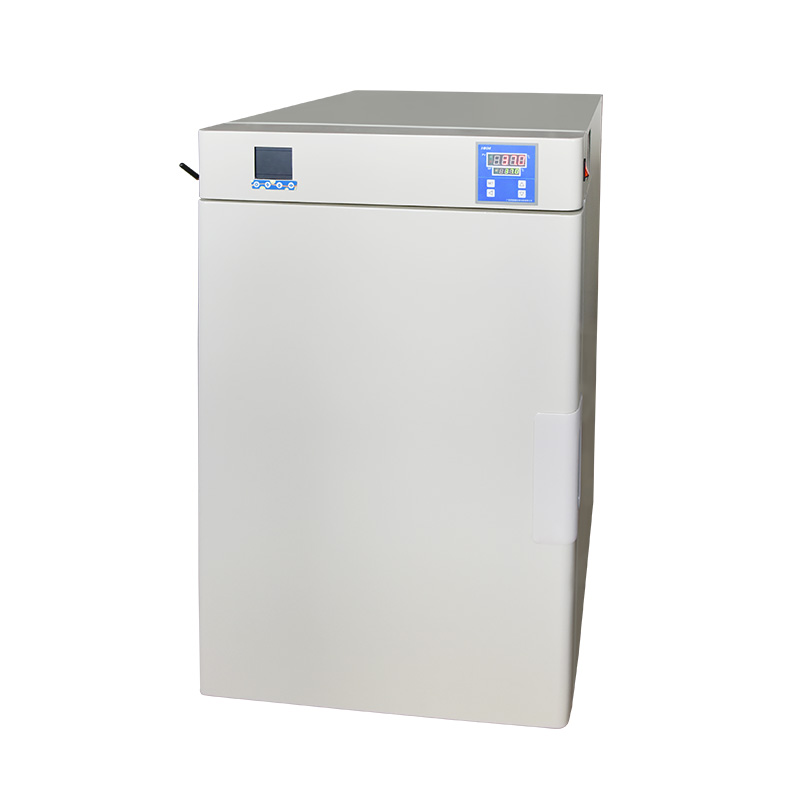HCM012 Xylose Lysine Deoxycholate Agar
$42-60
Intended Use For the isolation, identification and enumeration of Salmonella. Principle and Interpretation The medium contains yeast extract, which provides nitrogen and vitamins required ……
Introduction
Intended Use
For the isolation, identification and enumeration of Salmonella.
Principle and Interpretation
The medium contains yeast extract, which provides nitrogen and vitamins required for growth. Sodium chloride maintains the osmotic balance of the medium. Lysine is included to differentiate the Salmonella group from the non- pathogens. Salmonellae rapidly ferment xylose and exhaust the supply. Subsequently lysine is decarboxylated by the enzyme lysine decarboxylase to form amines with reversion to an alkaline pH. However, to prevent this reaction by lysine-positive coliforms, lactose and sucrose are added to produce acid in excess. Degradation of xylose, lactose and sucrose to acid causes phenol red indicator to change its colour to yellow. Bacteria that decarboxylate lysine to cadaverine can be recognized by the appearance of a red colouration around the colonies due to an increase in pH. These reactions can proceed simultaneously or successively, and this may cause the pH indicator to exhibit various shades of colour or it may change its colour from yellow to red on prolonged incubation. To add to the differentiating ability of the formulation, an H2S indicator system, consisting of sodium thiosulphate and ferric ammonium citrate, is included for the visualization of hydrogen sulphide produced, resulting in the formation of colonies with black centers. The non-pathogenic H2S producers do not decarboxylate lysine; therefore, the acid reaction produced by them prevents the blackening of the colonies.
Formulation
| Ingredients | /liter |
| Yeast extract | 3.0g |
| L-Lysine | 5.0g |
| Xylose | 3.5g |
| Lactose | 7.5g |
| Sucrose | 7.5g |
| Sodium chloride | 5.0g |
| Sodium thiosulfate | 6.8g |
| Sodium deoxycholate | 2.5g |
| Ferric ammonium citrate | 0.8g |
| Phenol red | 0.08g |
Page 1 / 2
| Agar | 13.5g |
| pH7.4±0.2 at 25°C | |
Preparation
Suspend 55.2 g in 1 L of distilled or deionized water. Heat with frequent agitation and boil to completely dissolve the powder. Do not autoclave. Cool to 50°C and pour into sterile petri dishes.
Quality Control
Cultural characteristics observed after incubation at 35-37°C for 24 hours
Storage and Shelf Life
2-30°C,Keep container tightly closed, avoid direct sunlight. Use before expiry date on the label.
Precautions
1. When weighing the dehydrated medium, please wear masks to avoid causing respiratory system discomfort 2. Keep container tightly closed after using to prevent clumping.
Waste Disposal
Microbiological contamination was disposed by autoclaving at 121°C for 30 minutes.
Revision
On June 14, 2024
References
USP、EP
